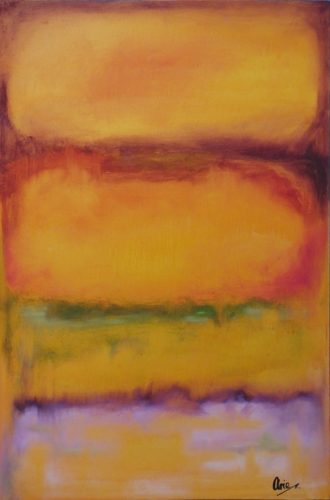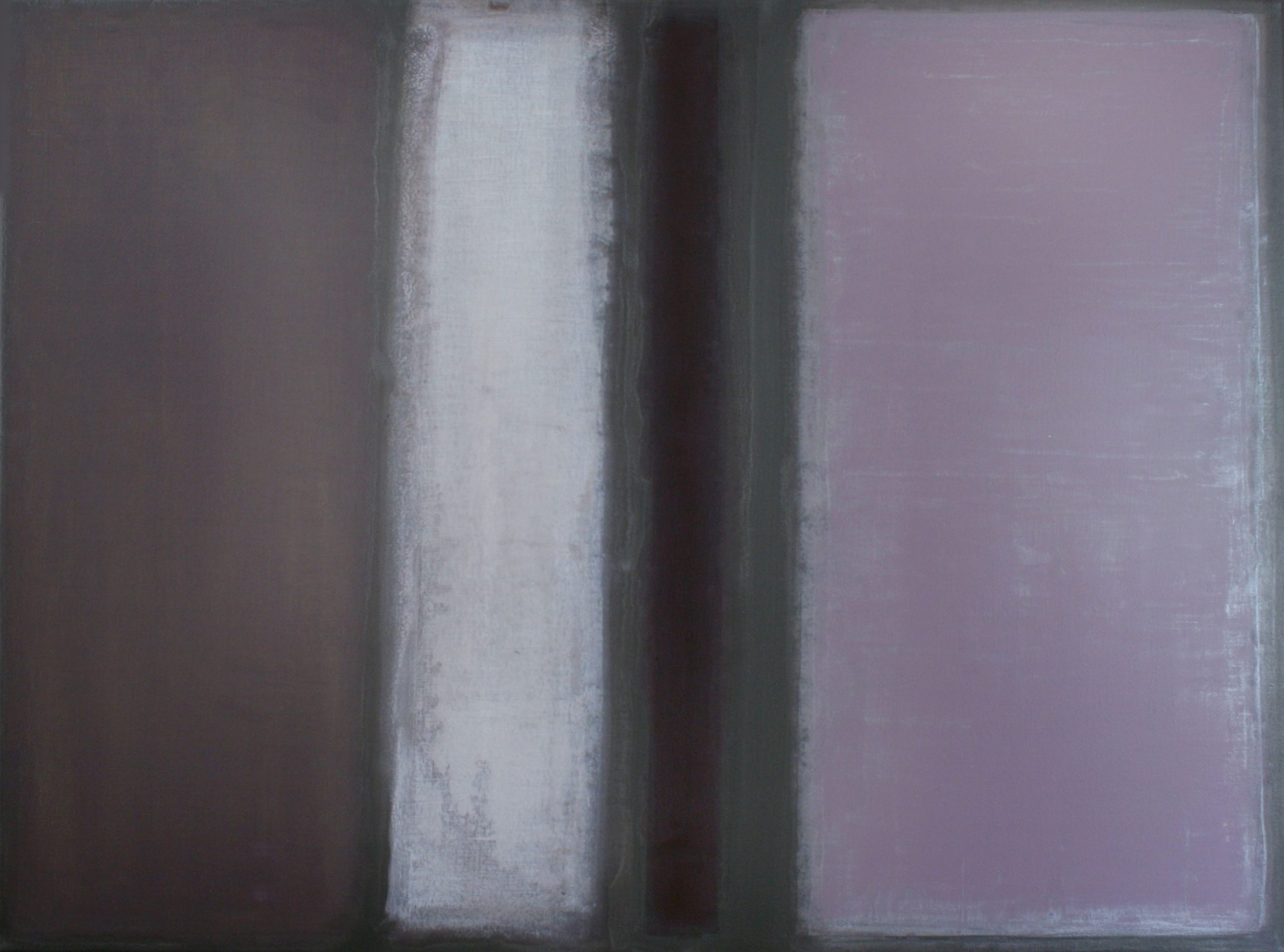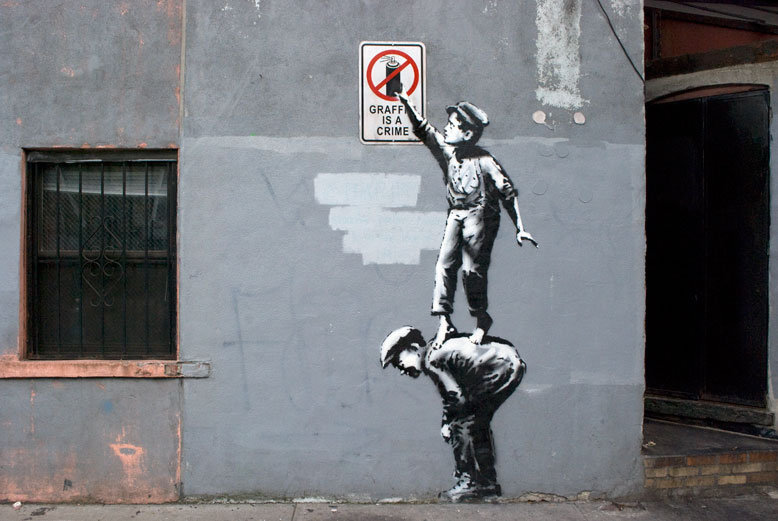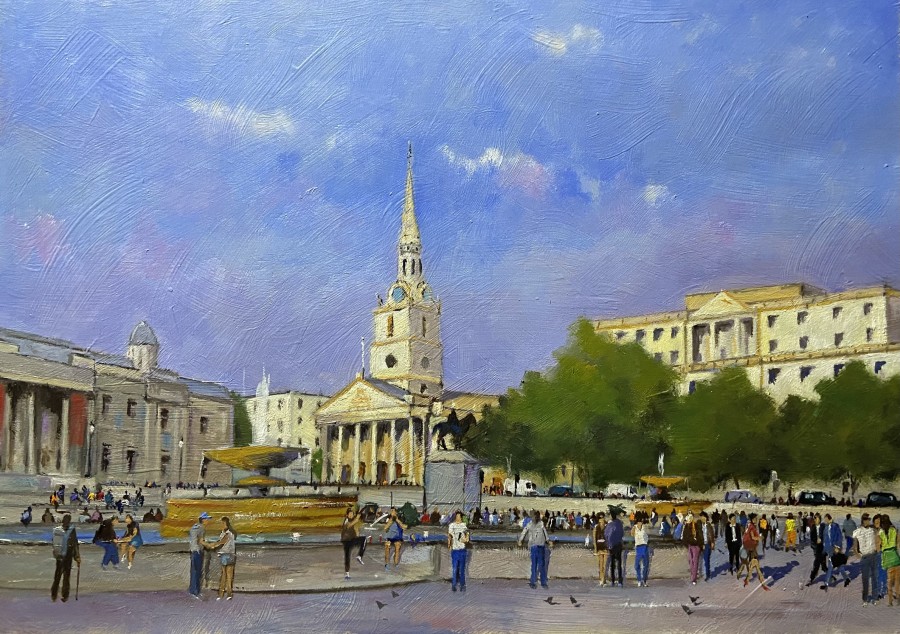September 25th marks the Birthday of Mark Rothko. If you are not familiar with his work, we urge you to have a read and admire his work. He was one of the finest artists of his generation. He was an abstract artist that came into the spotlight in the 1940s. Born in Russia in 1903, his family moved to the USA when he was 10 years old. After studying painting at Yale University, he became one of “The Ten”, a group of artists renowned for their efforts to promote abstract art across America.
Rothko’s early work came in a realistic style in the ‘Subway’ series in the 1930s. These paintings portrayed the loneliness of Americans in an urban environment. However, as he headed into the 1940s, his work became more biomorphic abstract than previously. By 1948 he had developed his own unique abstract styling, which he has become famous for today.
Unlike many other abstract artists, you won’t find any violent brushstrokes or paint splatters in his work. Instead, his work achieves something different by placing two objects side by side where the colours almost float and melt together beautifully.
Once Rothko found his style, he spent years perfecting and refining his art through continuous simplification. His designs were restricted to two to three soft-edged rectangles of colour, and these were substantial wall-sized pieces of art. Despite their significant size, fans describe Rothko’s art as soothing and giving them a sense of intimacy.

Between 1958 and 1966, Rothko worked on a series of 14 giant pieces. The largest of which measured approximately 3 x 5 metres. This was eventually placed in a nondenominational chapel in Houston, Texas, which was renamed after his death the Rothko Chapel.
This series of paintings were variations of darkly glowing browns, maroons, shades of red and black. They radiated a solemn intensity and darkness that surrounded the mystery of his later years. Sadly, Rothko suffered ill health.
These paintings were virtual monochromes of darkly glowing browns, maroons, reds, and blacks. Their sombre intensity reveals the deep mysticism of Rothko’s later years. Then, plagued by ill health and the belief that he had been forgotten by artists who had learned from him, he committed suicide. After his death, it transpired that Rothko had hoarded his works, and a complex court case unfolded regarding the successors of his estate.
The Mark Rothko Foundation was established in 1979. The works of his estate were divided between the artist’s two children and the foundation. The pieces were later distributed between 19 museums across the United States, Great Britain, the Netherlands, Denmark and Israel. However, the largest proportion of Rothko’s work can be found in the National Gallery of Art in Washington D.C.
*** Featured artwork: “Rothko IV” by Paresh Nrshinga


